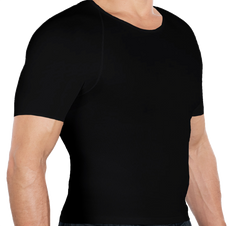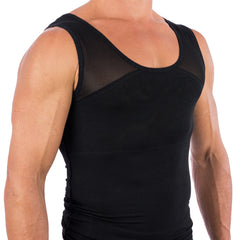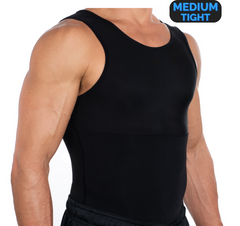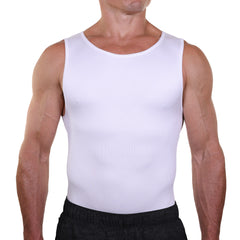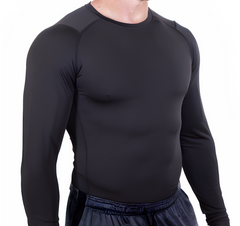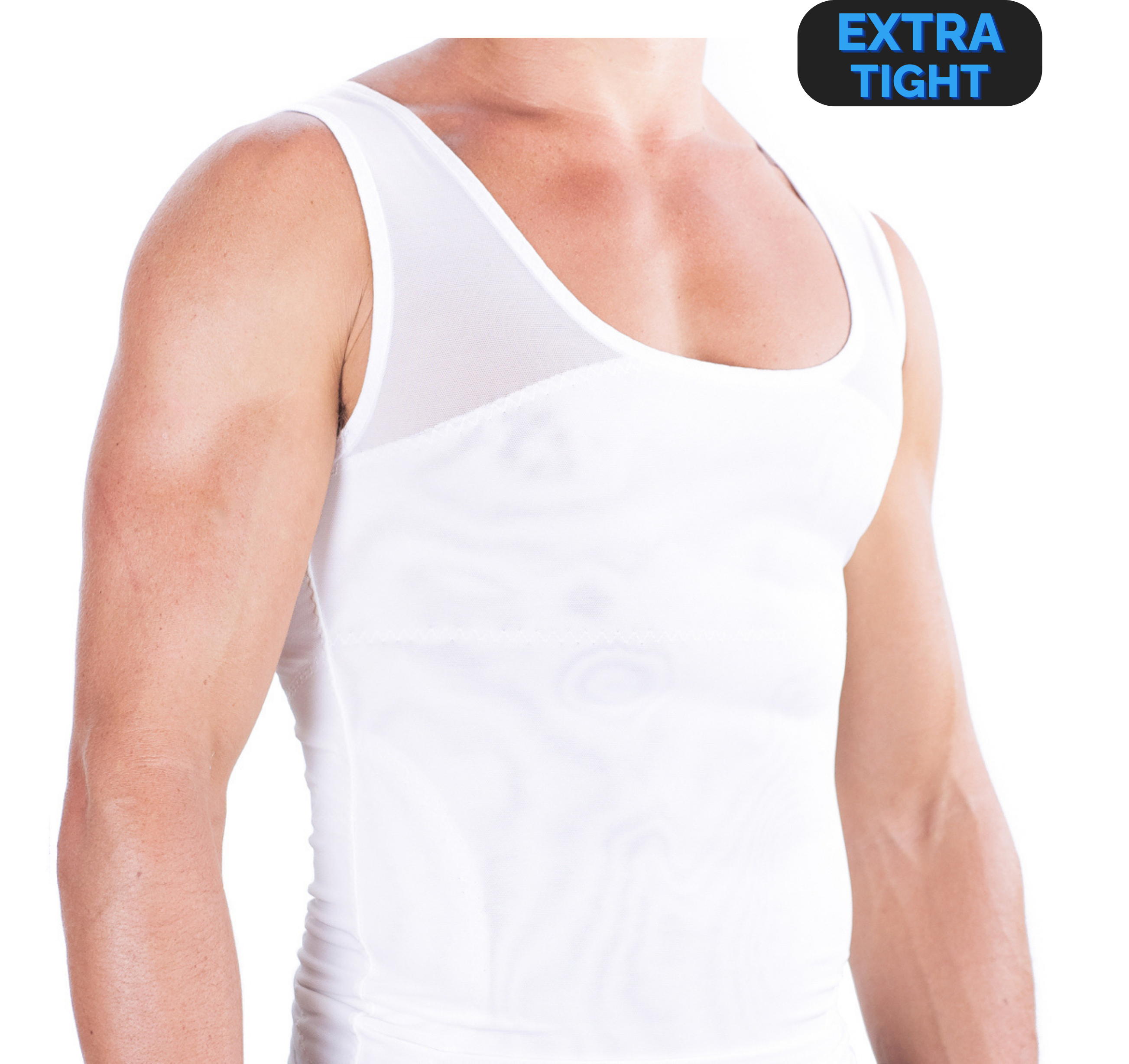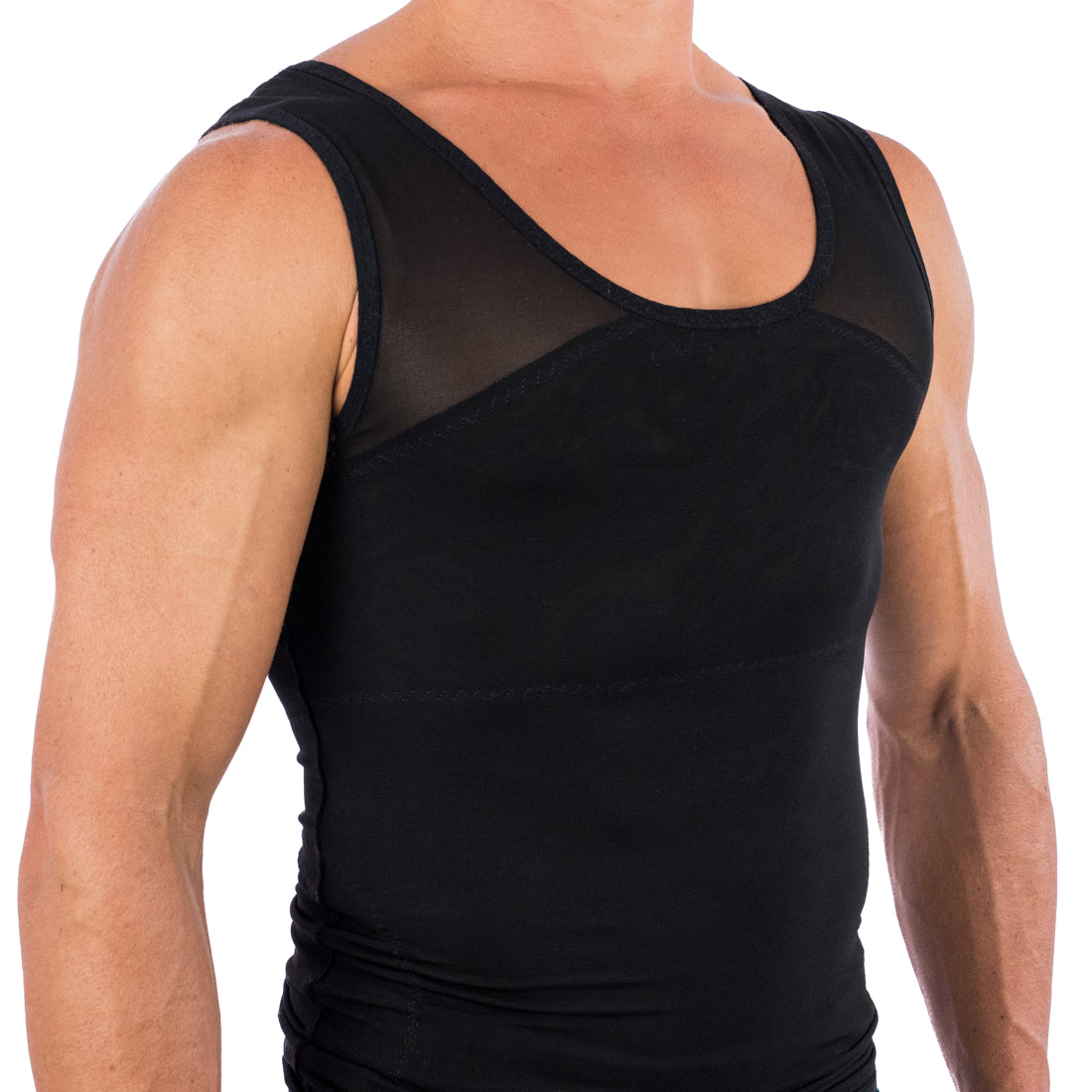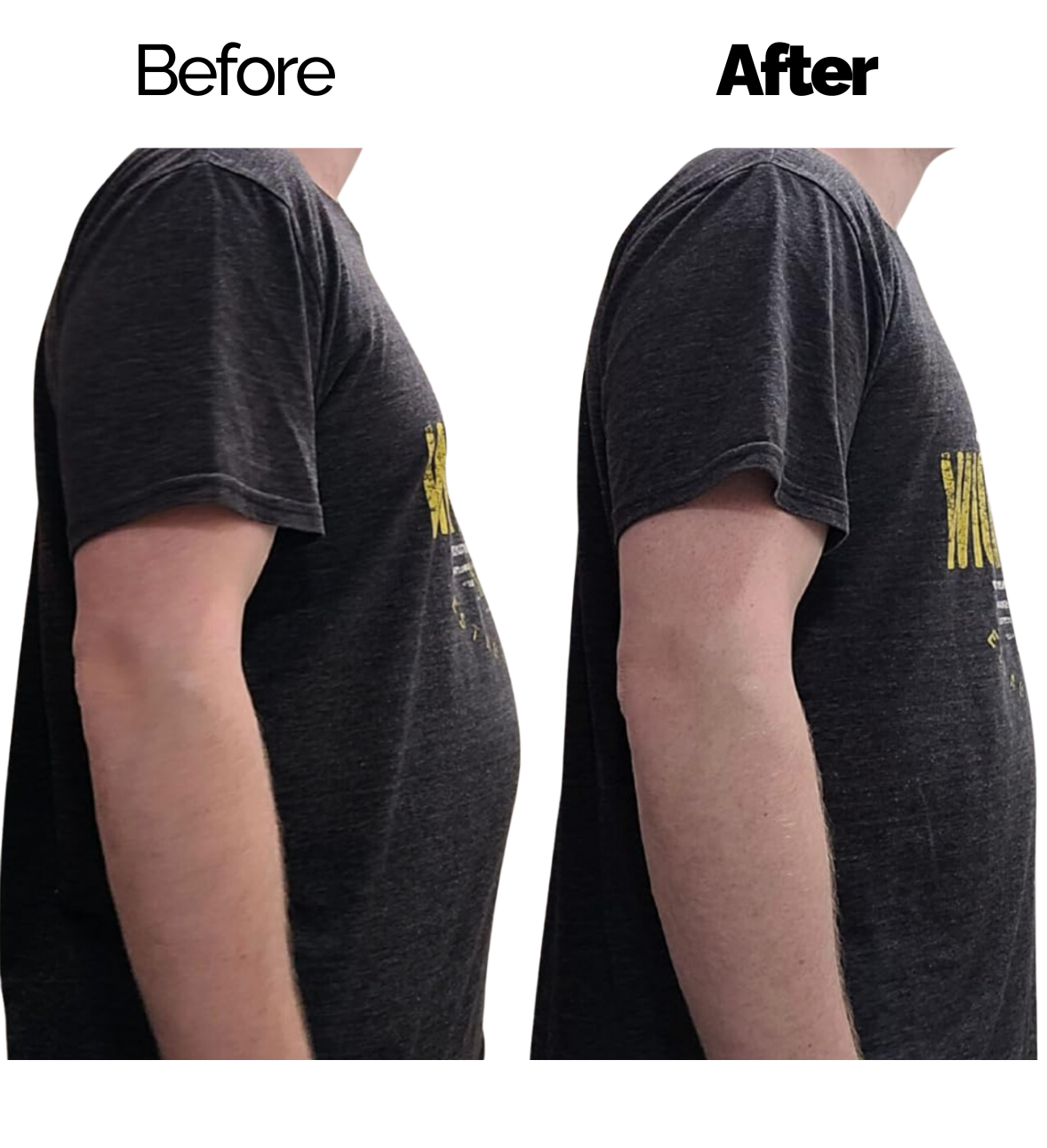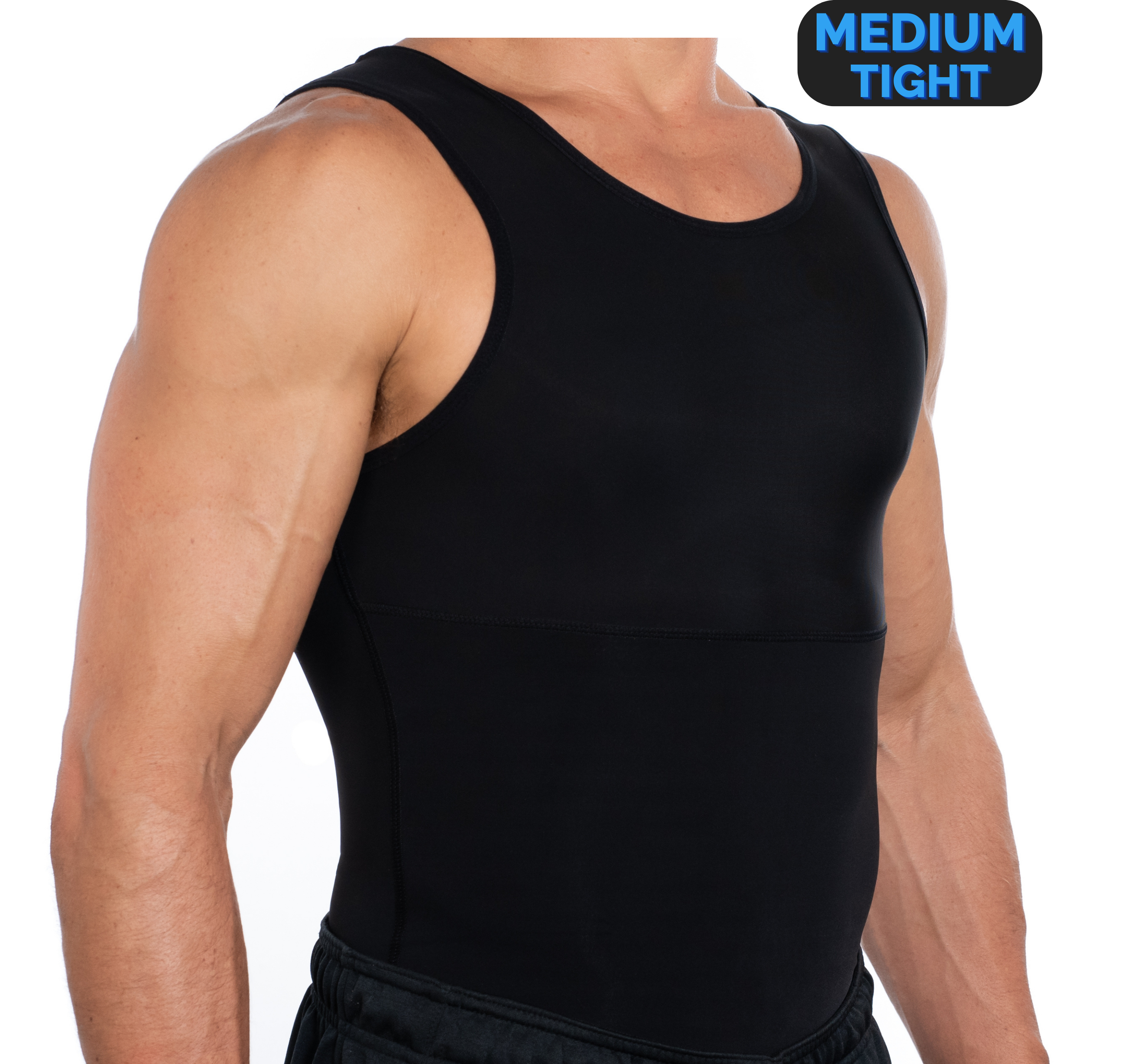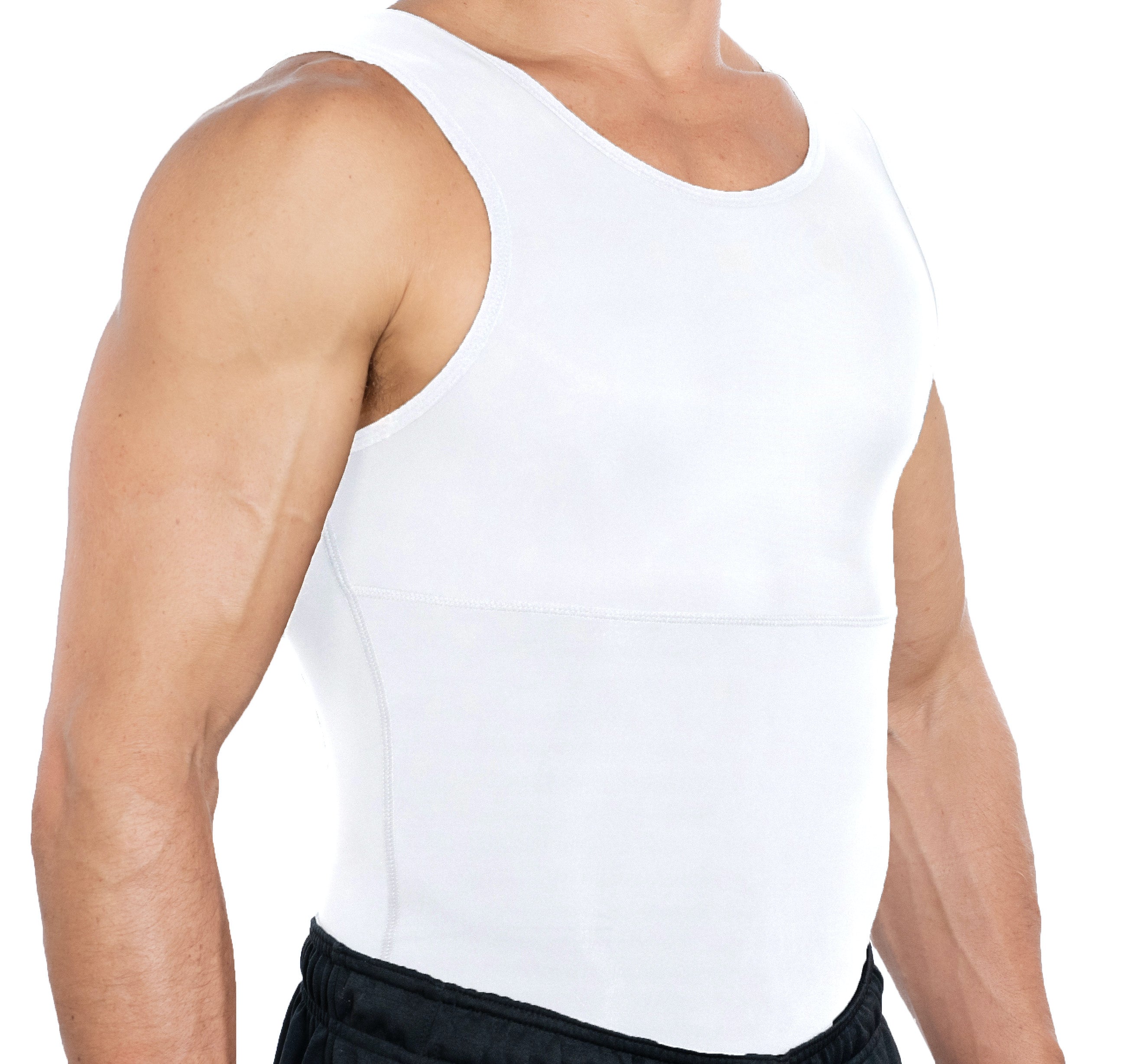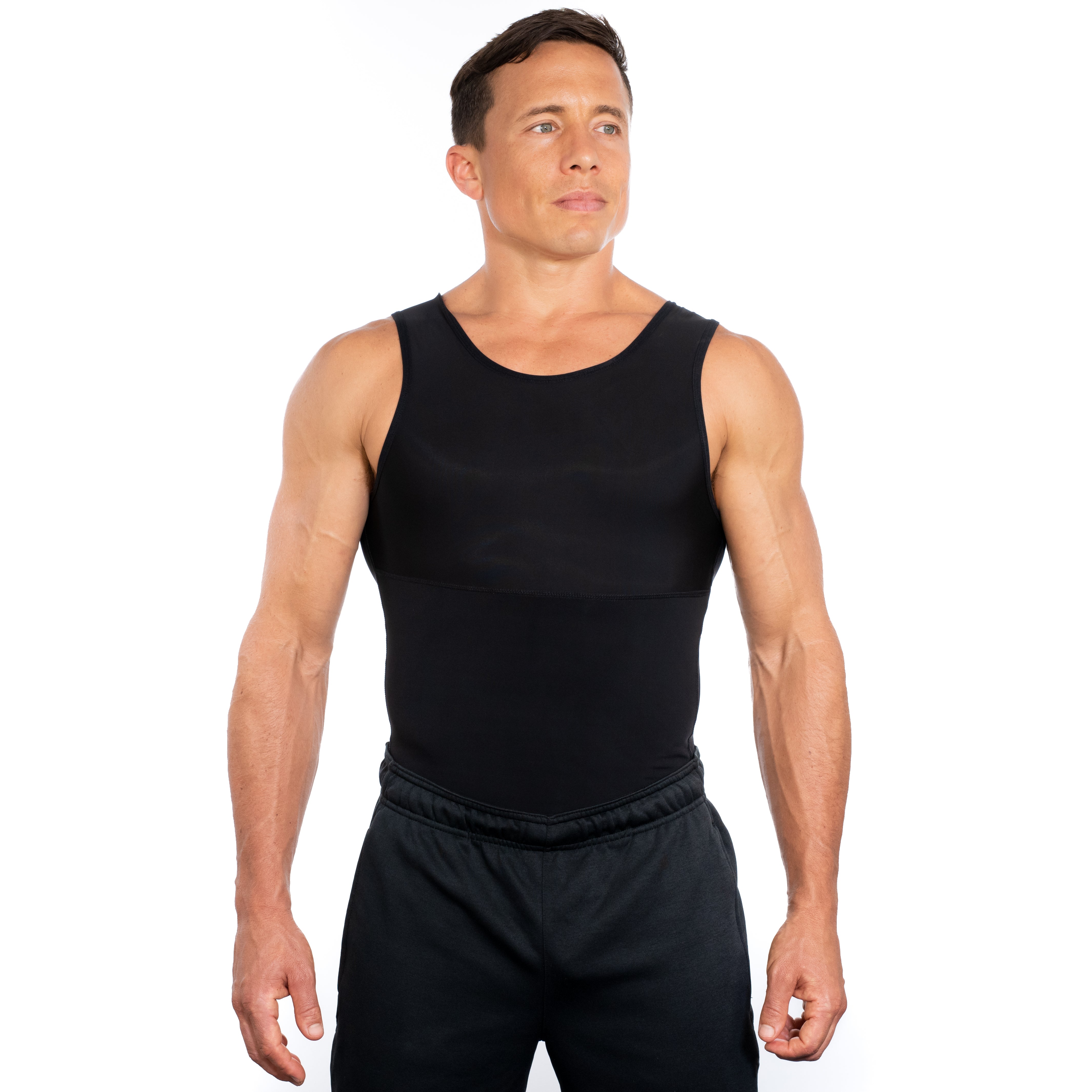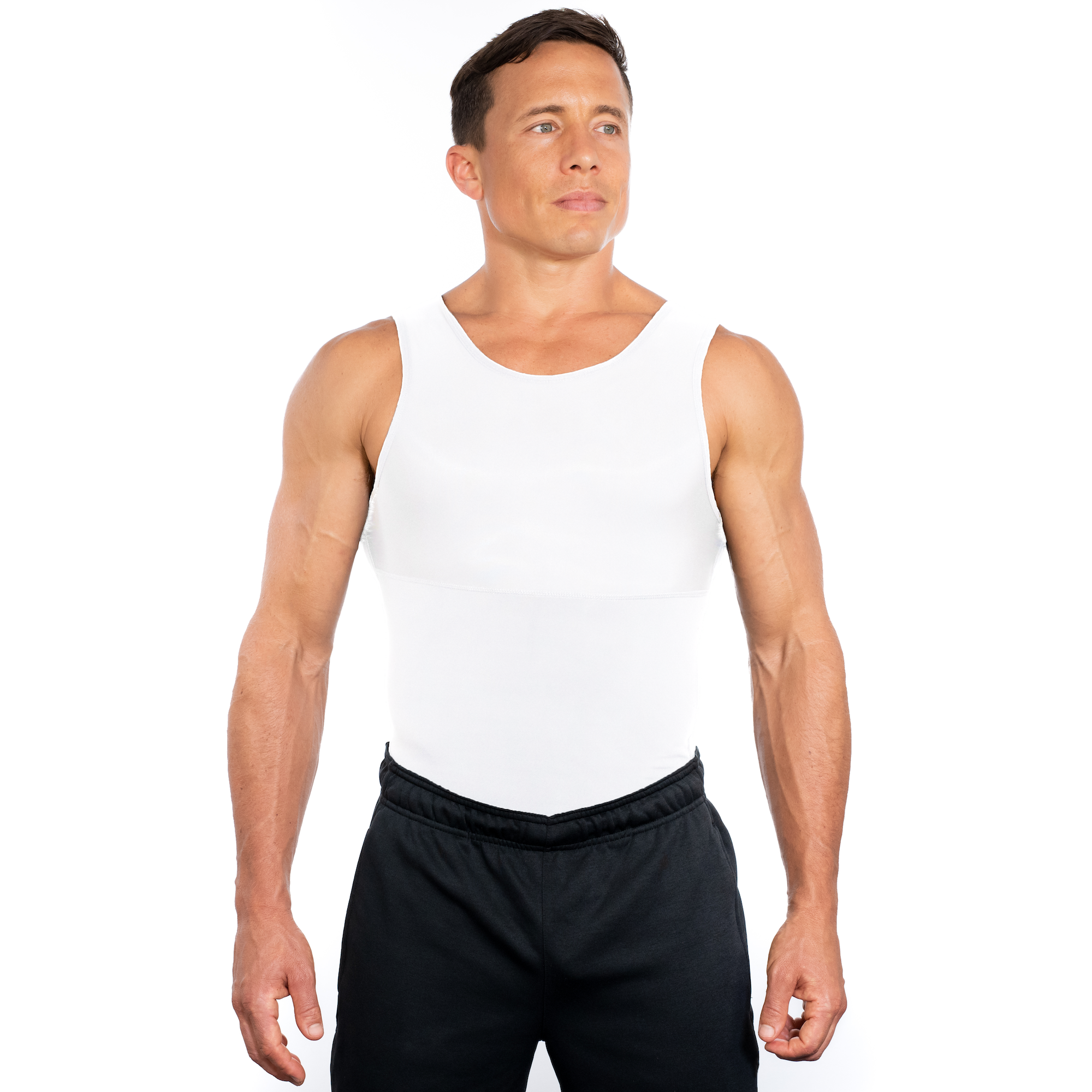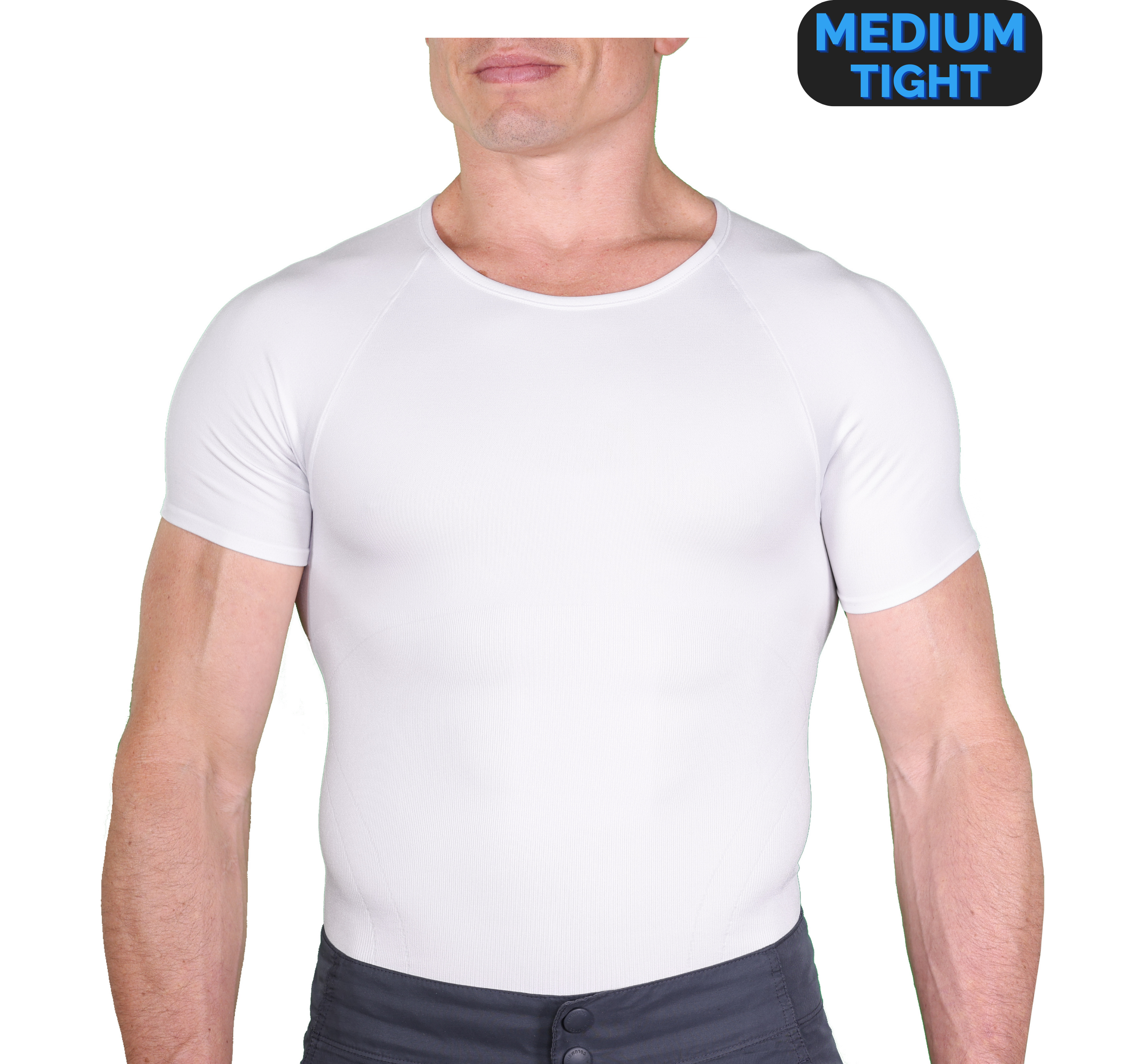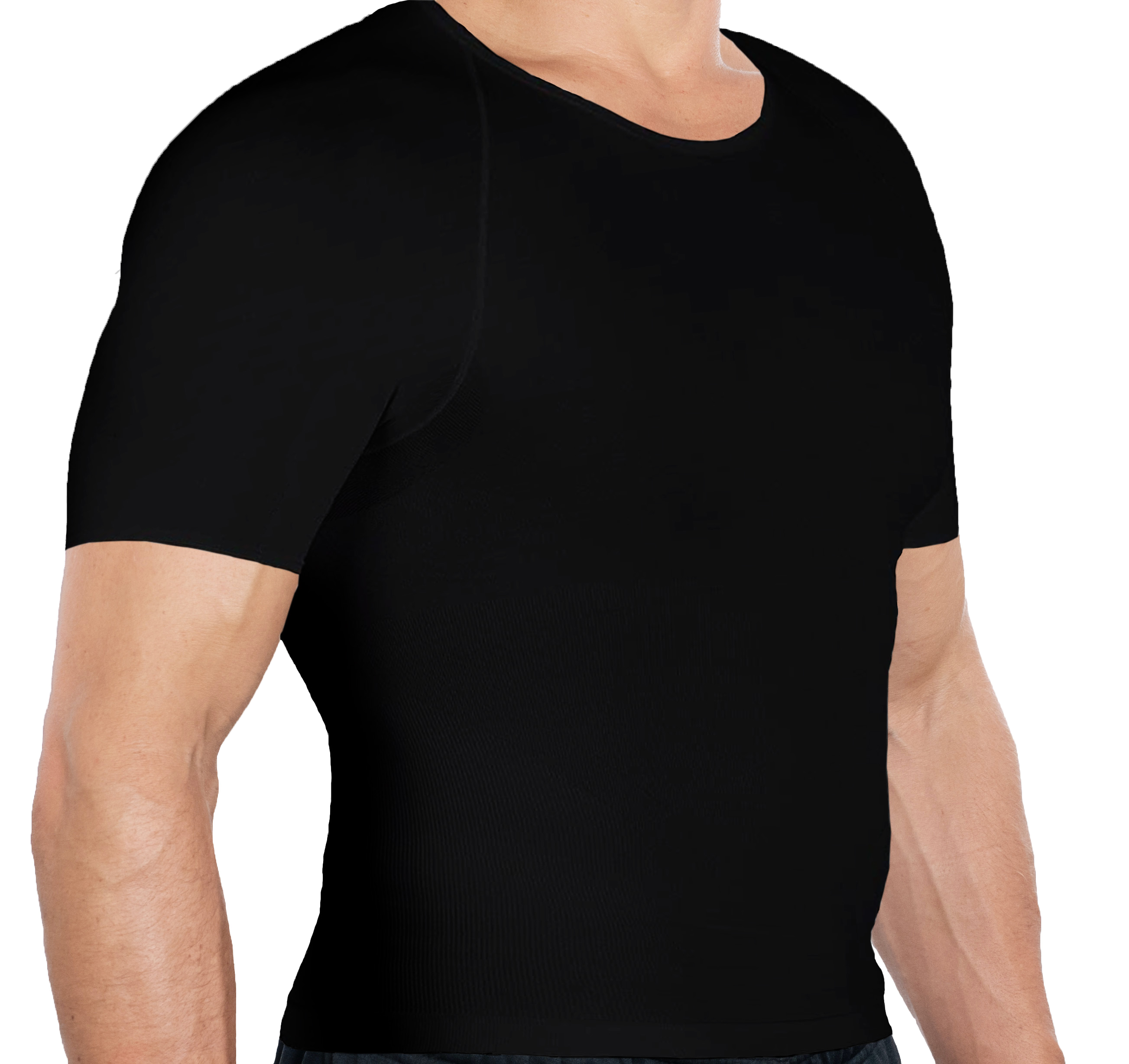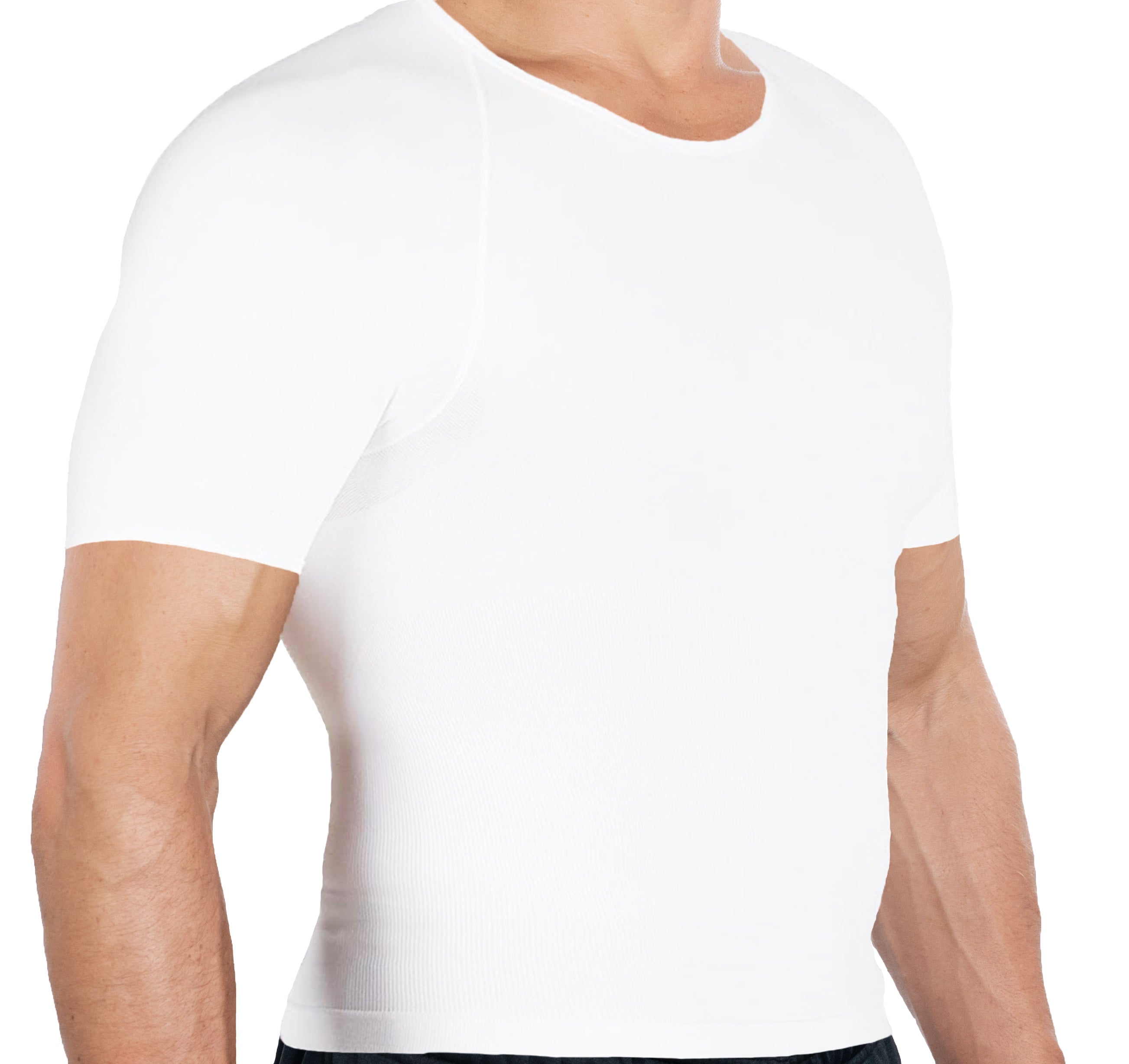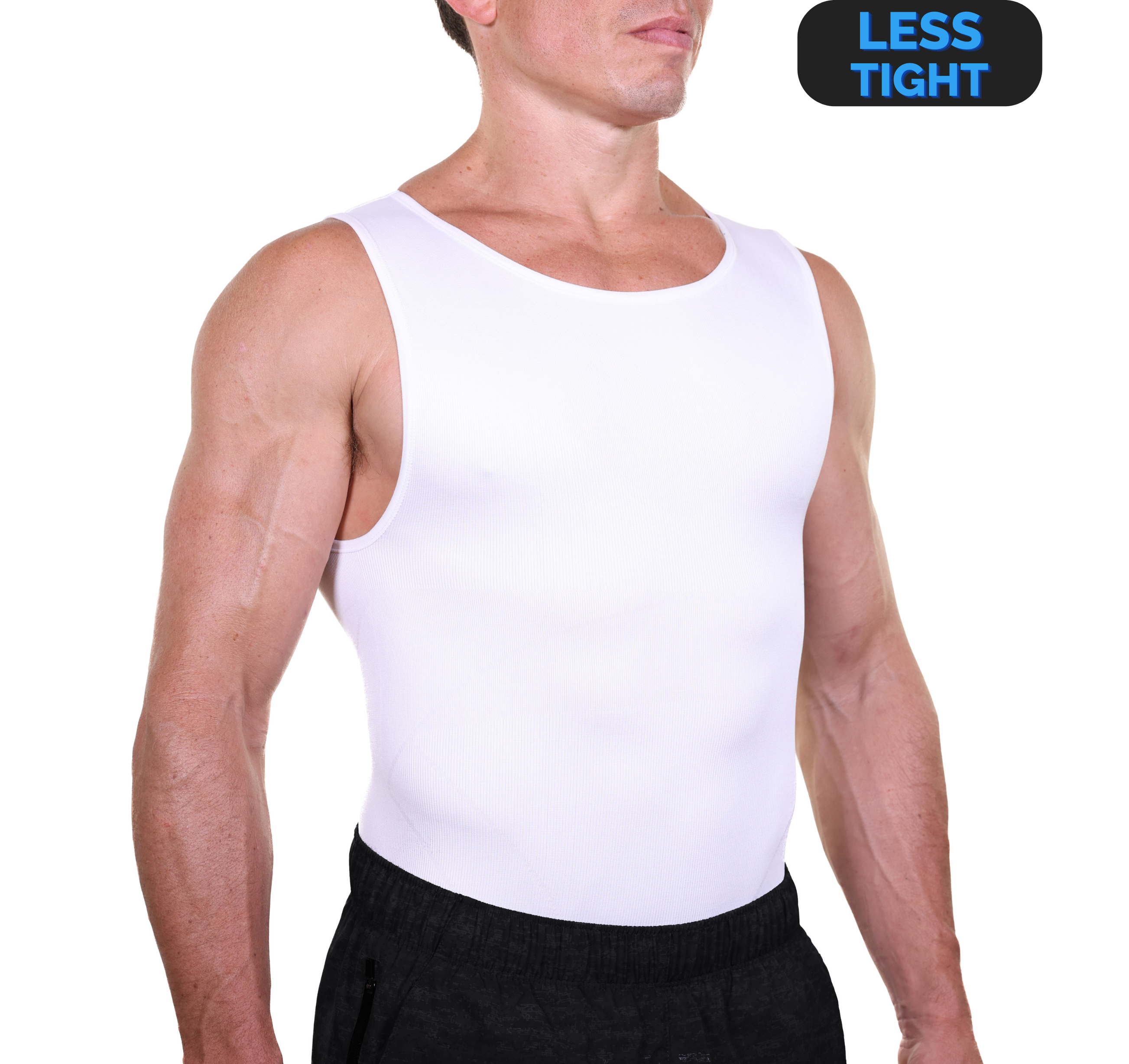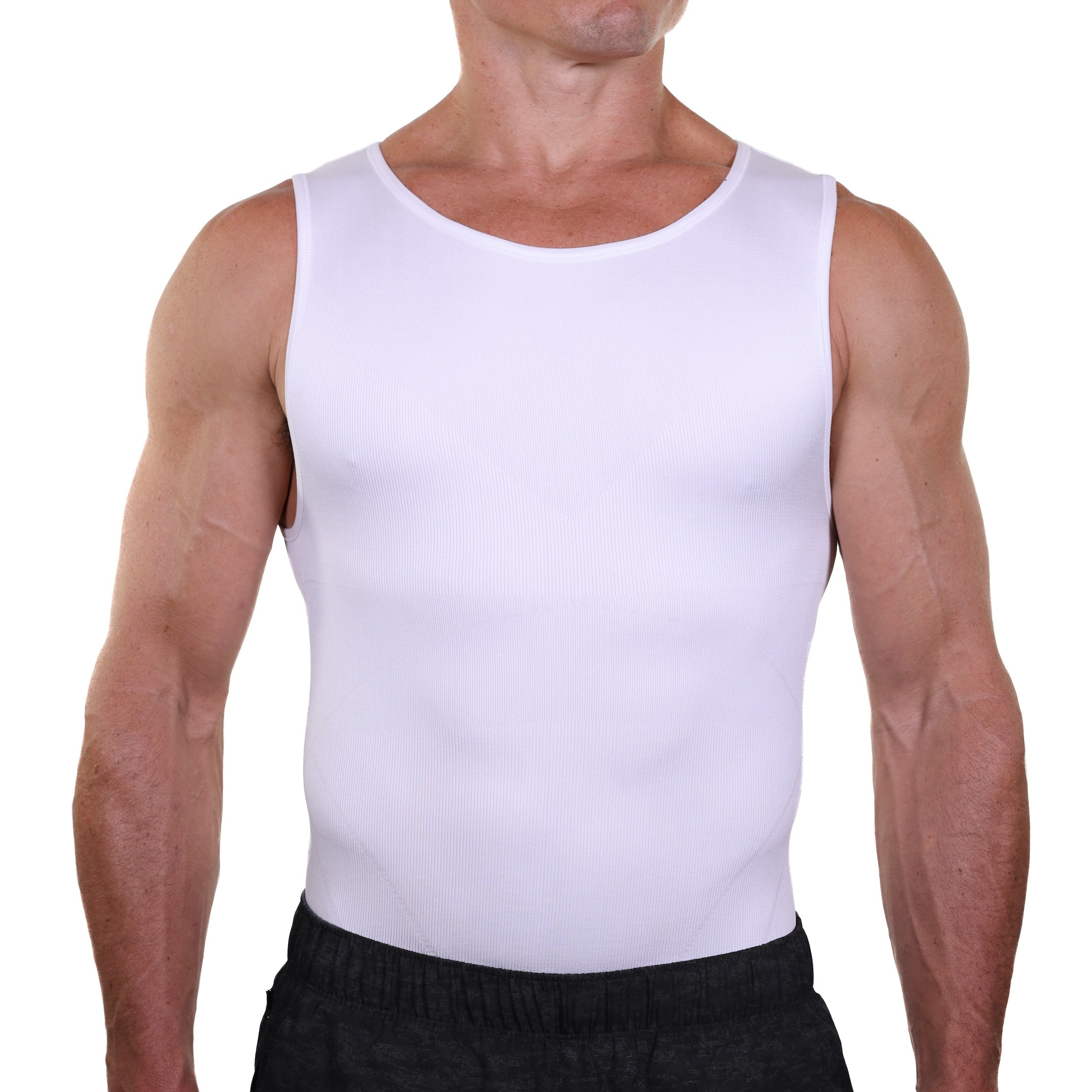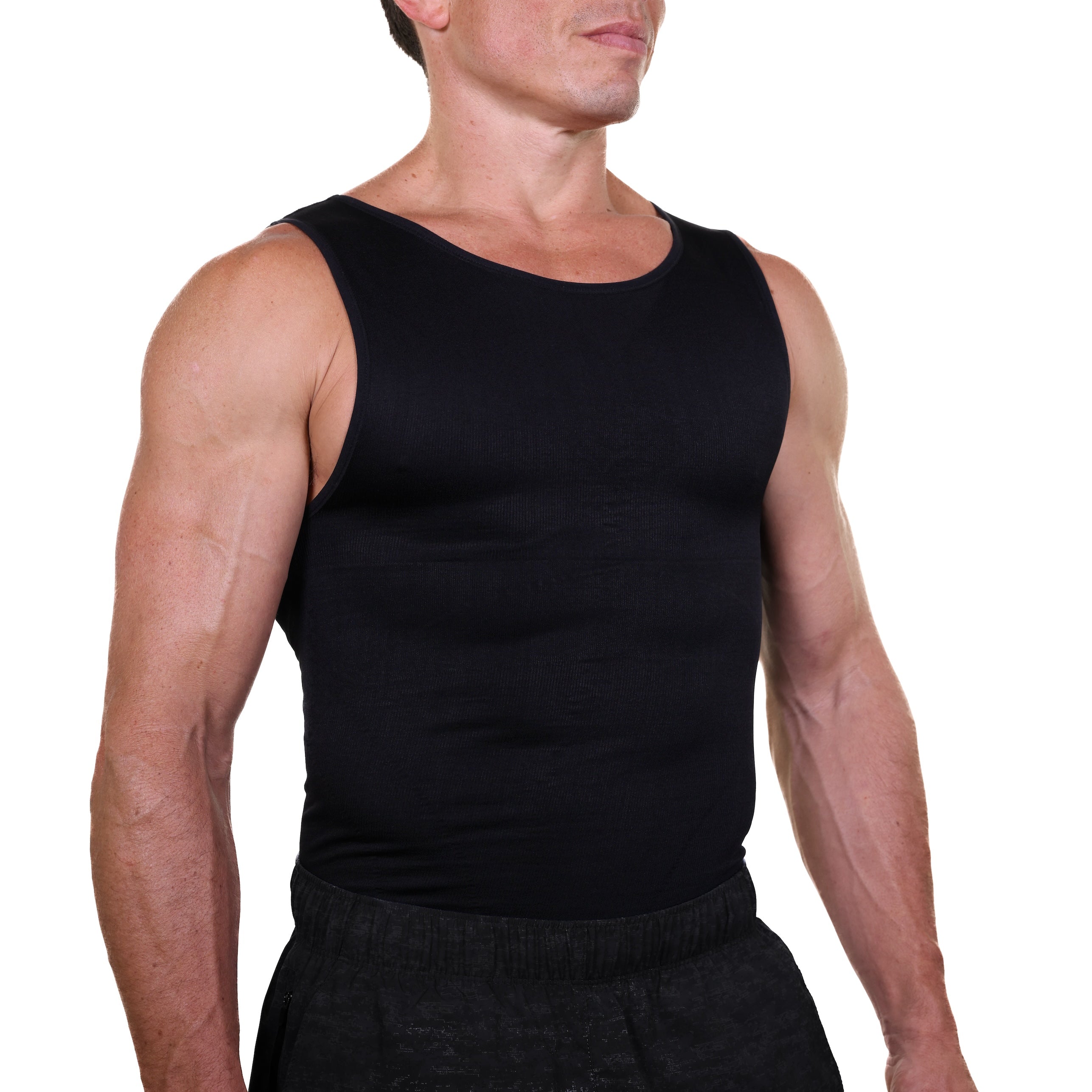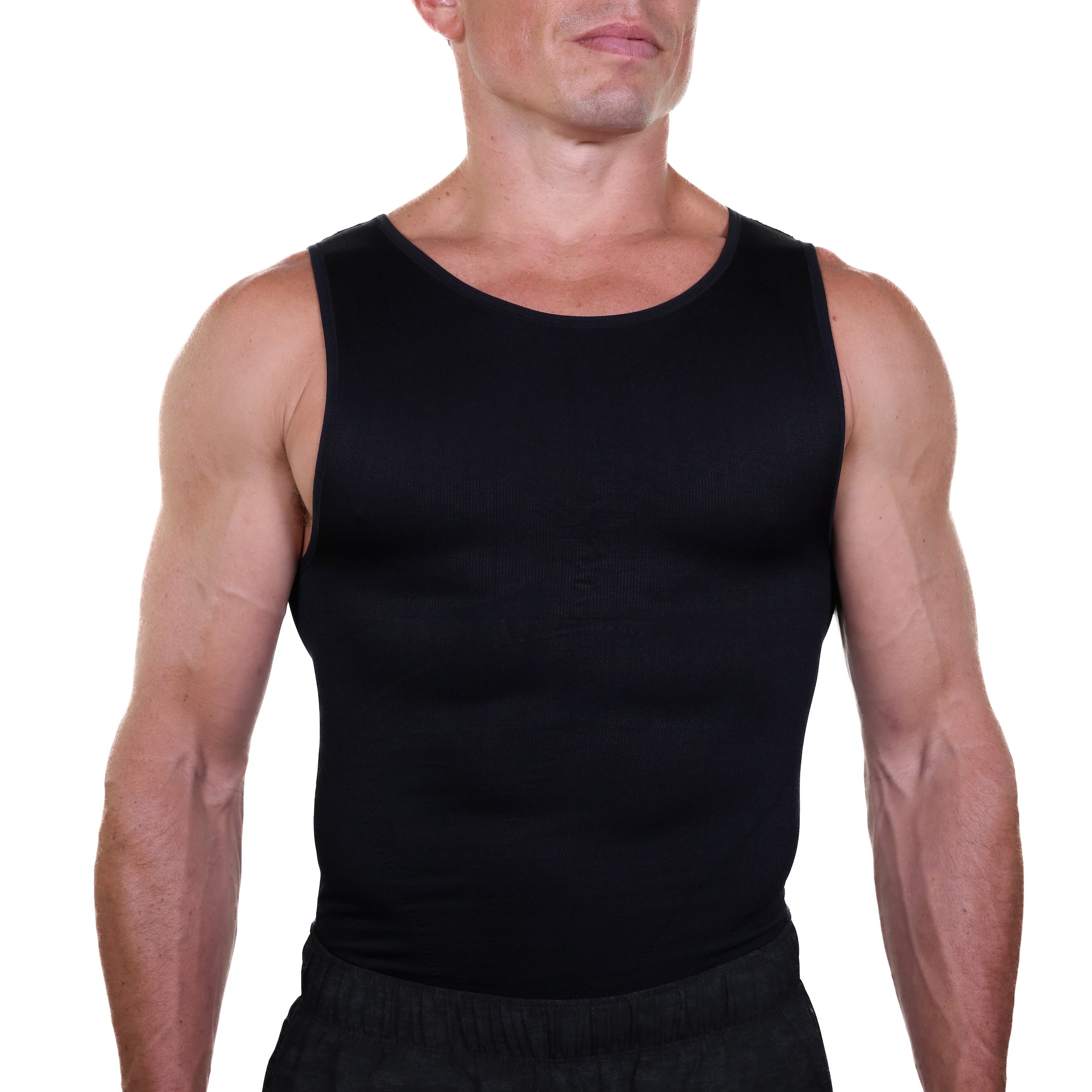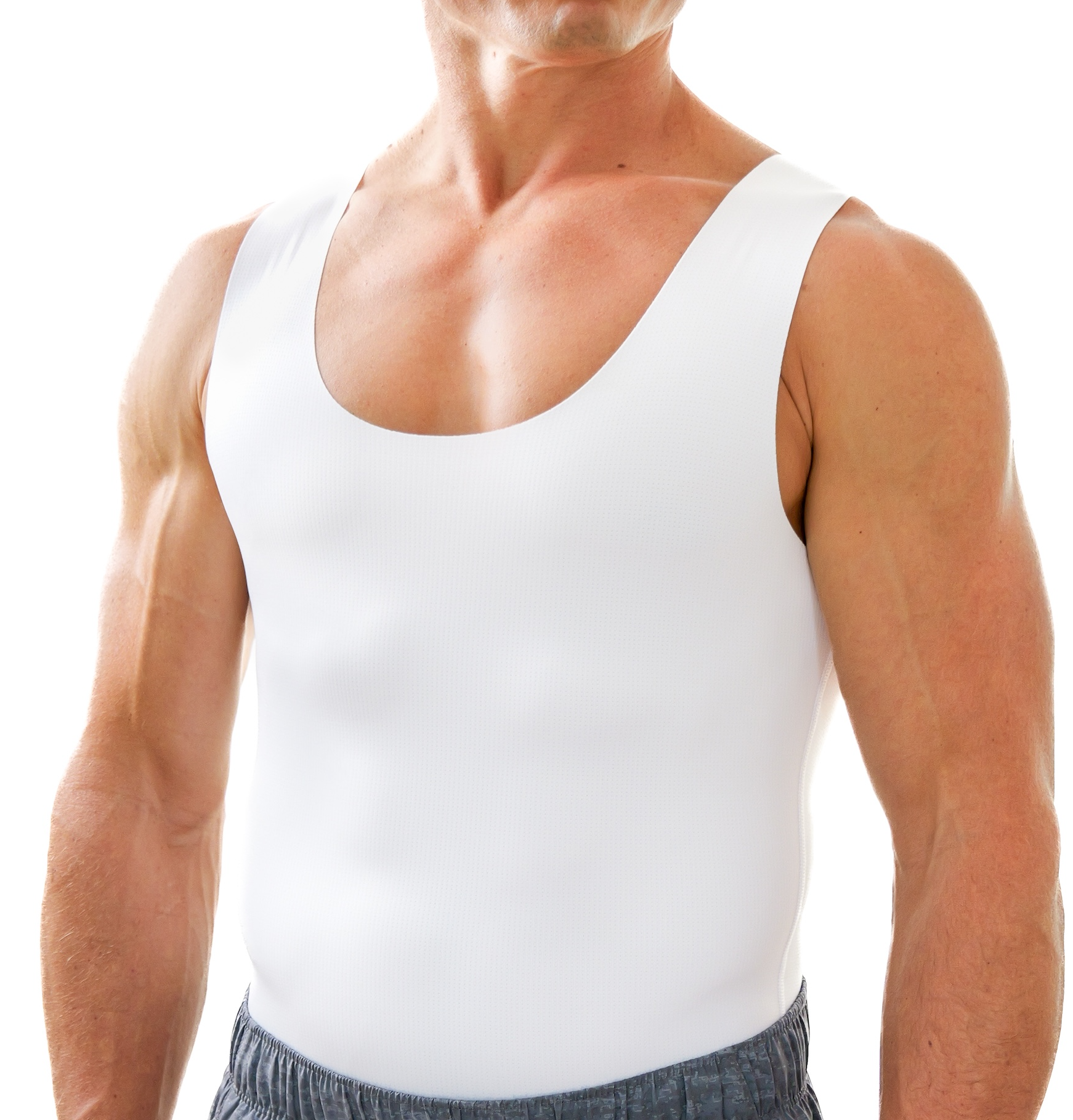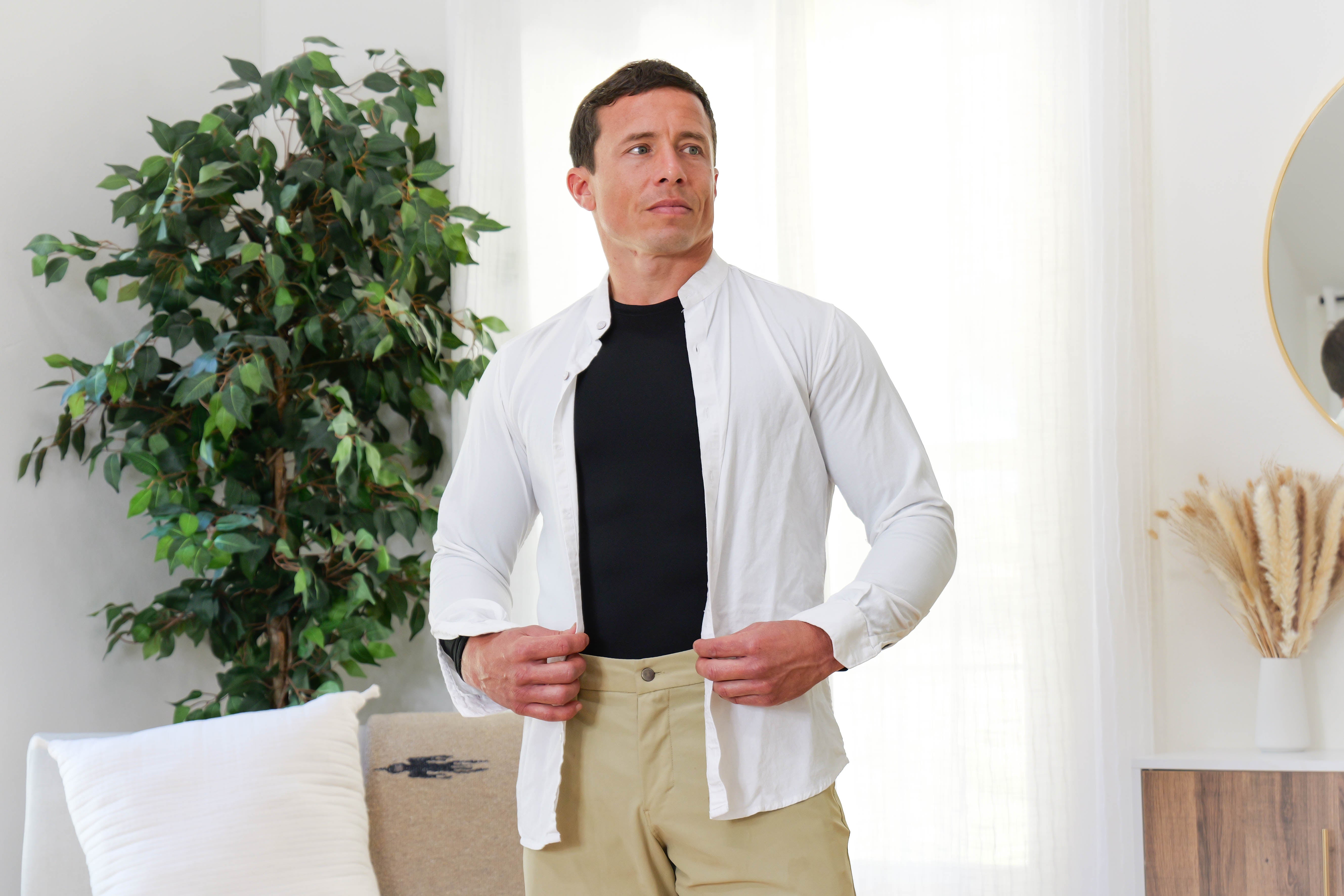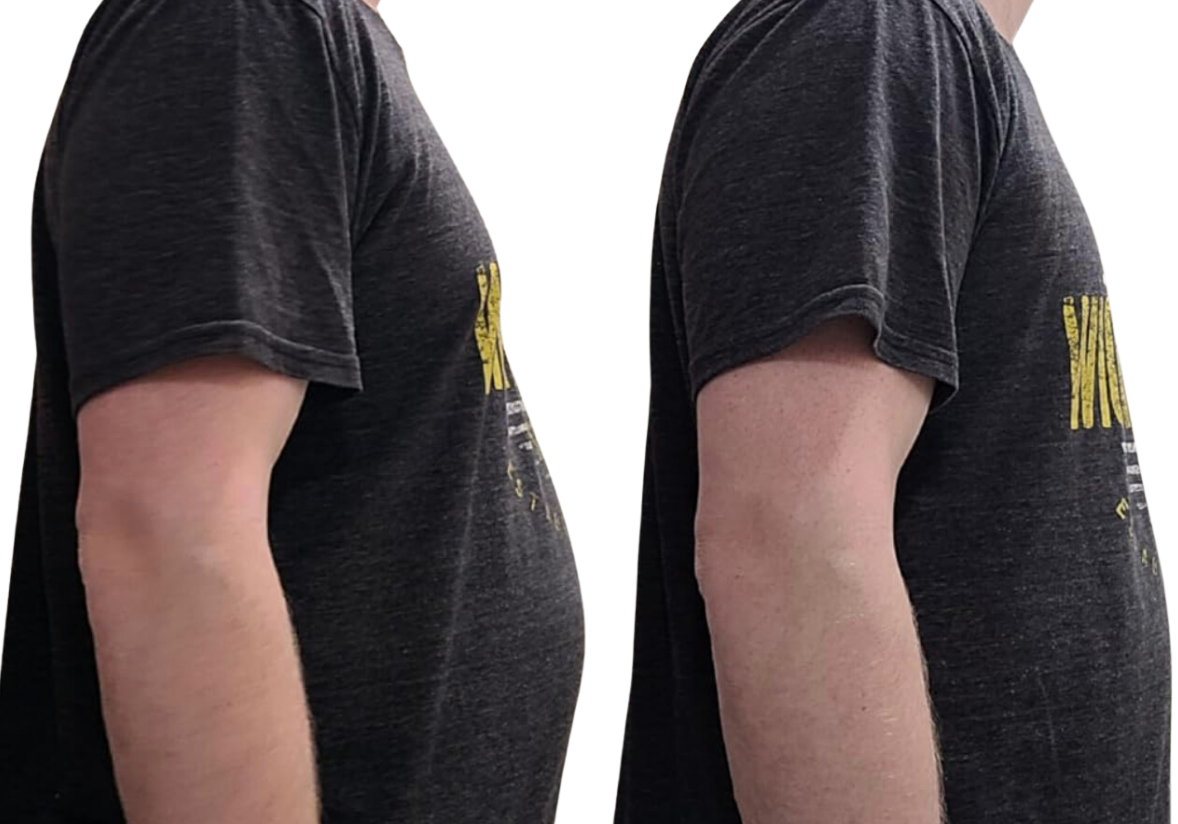Compression gear has gained popularity in recent years, but with its rise, several misconceptions have surfaced. Many people misunderstand how compression wear works, its benefits, and who can use it. In this article, we’ll debunk some of the most common myths surrounding compression gear to help you make an informed decision.
Myth 1: Compression Gear is Only for Athletes
One of the biggest misconceptions about compression gear is that it’s only useful for professional athletes or fitness enthusiasts. While many athletes wear compression gear to enhance performance and recovery, it’s beneficial for a wide range of individuals.
Compression wear is often used in medical settings to improve circulation, reduce swelling, and aid in post-surgery recovery. It can also be helpful for people who spend long hours on their feet, those with conditions like varicose veins, and individuals who experience poor circulation due to prolonged sitting.
The Truth: Compression gear isn’t just for athletes. Anyone can benefit from wearing it, including those looking for better circulation, pain relief, or posture support.
Myth 2: Compression Gear is Uncomfortable to Wear
Some people assume that compression gear is tight, restrictive, and uncomfortable. While early versions of compression wear may have felt restrictive, modern designs prioritize both functionality and comfort.
High-quality compression clothing is made from breathable, moisture-wicking fabrics that allow for a snug but comfortable fit. The key is choosing the right size and compression level to ensure a balance between support and comfort.
The Truth: Properly fitted compression gear should feel snug but not restrictive. With the right fit, it can be worn comfortably for extended periods.
Myth 3: Compression Gear is Just a Marketing Gimmick
Skeptics often believe that compression clothing is nothing more than a clever marketing ploy designed to sell expensive workout gear. However, there is scientific evidence supporting the benefits of compression wear.
Studies have shown that compression garments can help reduce muscle fatigue, enhance circulation, and speed up recovery. Medical professionals also use compression therapy to help patients with blood flow issues and swelling.
The Truth: Compression gear is backed by research and is widely used in both athletic and medical settings to support muscle function and circulation.
Myth 4: Wearing Compression Gear Prevents Injuries
Many people believe that wearing compression gear will make them immune to injuries. While compression clothing offers support and stability, it is not a replacement for proper form, stretching, and conditioning.
Compression gear can reduce muscle oscillation, which may lower the risk of muscle fatigue and strain, but it won’t prevent injuries caused by poor technique, overtraining, or accidents.
The Truth: Compression gear can provide support and aid in muscle recovery, but it does not guarantee injury prevention. Proper training and technique are still essential.
Myth 5: Compression Gear is Only Useful During Exercise
While many athletes wear compression clothing during workouts, its benefits extend beyond the gym. Compression garments are commonly used for post-workout recovery, helping to reduce soreness and improve circulation.
Additionally, compression wear is useful for individuals who experience swelling, poor circulation, or discomfort from prolonged standing or sitting. Travelers, office workers, and individuals with medical conditions can all benefit from wearing compression garments throughout the day.
The Truth: Compression gear is effective for both exercise and everyday wear, offering support and circulation benefits even outside of workouts.
Myth 6: Compression Gear is Too Expensive

Some people believe that compression gear is overpriced and not worth the investment. While high-quality compression wear can be more expensive than regular clothing, it’s important to consider the benefits it provides.
Quality compression gear is made from durable, moisture-wicking materials designed to retain their compression over time. Cheaper alternatives may lose their elasticity quickly, leading to reduced effectiveness.
The Truth: Investing in high-quality compression gear ensures long-term benefits. While there are budget-friendly options available, choosing reputable brands will give you better durability and performance.
Myth 7: Compression Gear is Only for Warm Weather
Because compression gear is often seen in sports and fitness settings, some people assume it’s only suitable for warm-weather activities. However, compression wear is designed to be used in various conditions.
Many compression garments provide moisture-wicking properties that help regulate body temperature, keeping you cool in hot weather and warm in colder conditions. Some compression clothing is also designed with thermal materials to provide insulation for colder climates.
The Truth: Compression gear is versatile and can be worn in both warm and cold weather, helping with temperature regulation and muscle support.
Myth 8: You Should Always Wear Compression Gear
While compression gear offers several benefits, it’s not necessary to wear it all the time. Wearing compression clothing for extended periods can sometimes lead to discomfort, especially if the fit is too tight.
It’s important to use compression wear strategically—whether for workouts, recovery, or daily support—without over-relying on it. Consulting a healthcare professional can help determine the appropriate duration for wearing compression gear based on individual needs.
The Truth: Compression gear should be worn as needed. It’s beneficial for exercise, recovery, and certain medical conditions, but wearing it continuously isn’t necessary.
Final Thoughts
Compression gear has a wide range of benefits, but there are many myths and misconceptions that can cause confusion. Whether you’re an athlete, someone recovering from an injury, or simply looking for better circulation and support, understanding the facts can help you make the right choice.
By choosing high-quality compression wear and using it appropriately, you can experience its benefits without falling for common myths.


